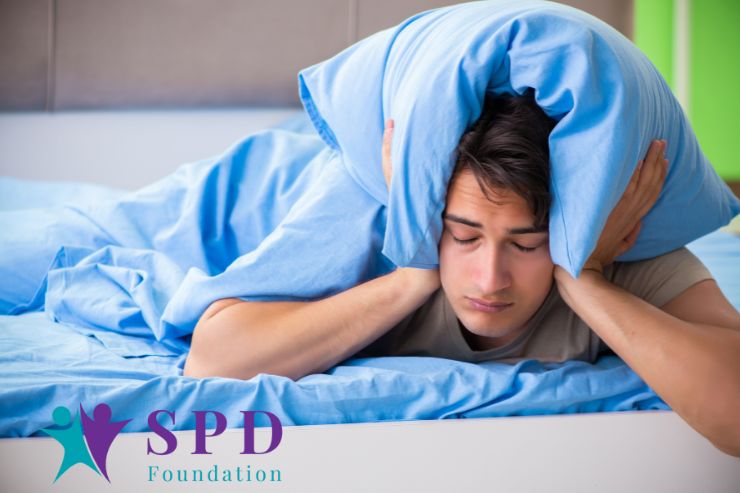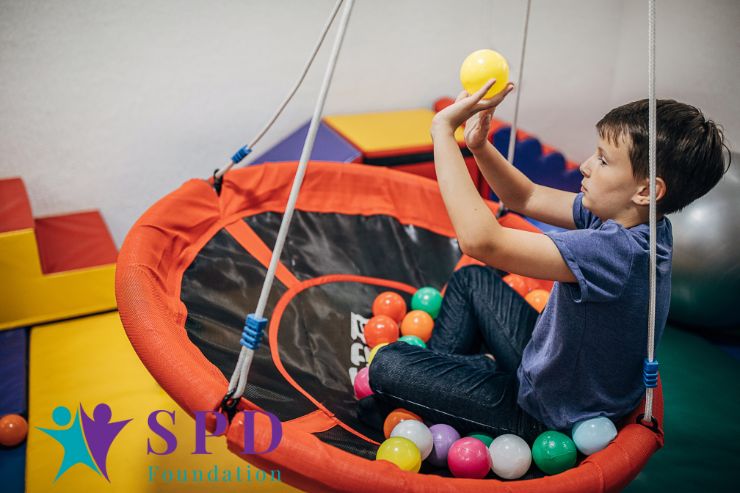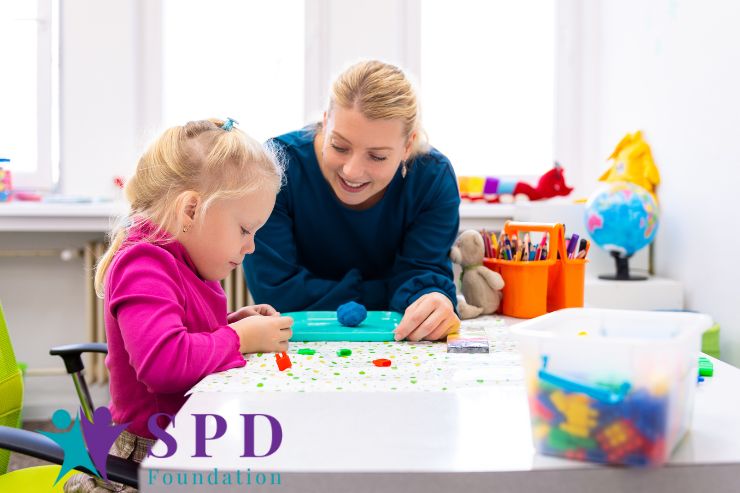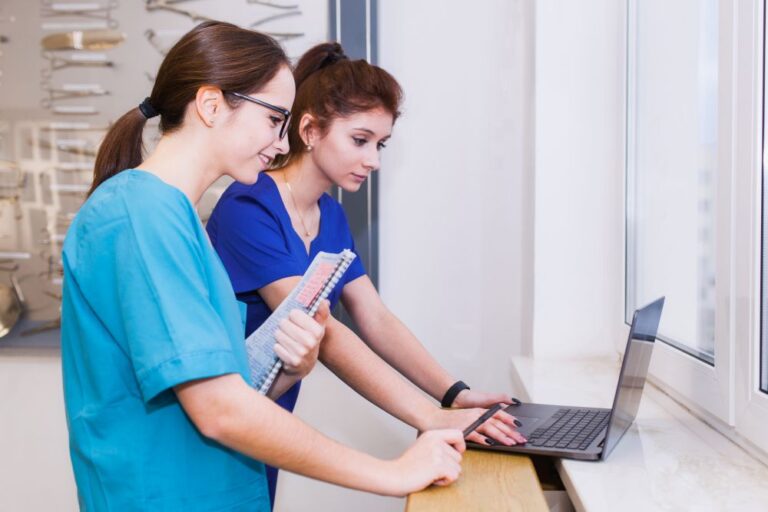Sensory Processing Disorder (SPD) is a neurological condition affecting how the brain processes and responds to sensory information from the environment. Individuals with SPD may have difficulty organizing and interpreting sensory input, leading to atypical reactions or responses to various stimuli. This can impact their ability to engage in everyday activities, including household chores.
Creating a sensory-friendly environment is crucial for individuals with SPD to empower them and facilitate their participation in household chores. Sensory challenges can make even simple tasks overwhelming for these individuals. Adapting to the environment and providing appropriate support can minimize sensory triggers, reduce anxiety, and enhance their overall participation and independence.
Seeking Individual Sensory Profiles

Each individual with SPD has a unique sensory profile, meaning they may have different sensory preferences, sensitivities, and triggers. Finding their specific sensory profile is the main step for creating a sensory-friendly environment that caters to their needs. Recognizing their sensory strengths and challenges, we can make targeted adaptations and provide appropriate support to empower them in household chores.
Household chores can be particularly challenging for individuals with SPD due to various sensory triggers. These triggers may include loud noises from vacuum cleaners or kitchen appliances, strong smells from cleaning agents, tactile sensitivities to certain fabrics or textures, visual distractions such as cluttered spaces, or even the proprioceptive demands of specific tasks like carrying heavy laundry baskets. Identifying and addressing these triggers is essential for creating a supportive environment.
Adapting the Environment

There could be a lot of sensory triggers when doing household chores. You can create a safer and sensory-friendly atmosphere by doing these:
- Noise reduction. Use noise-cancelling headphones or provide a quiet space where individuals can retreat if noise becomes overwhelming. Consider using quieter household appliances or schedule chores during quieter times of the day.
- Odor control. When cleaning or doing laundry, opt for unscented or mild cleaning products and ensure good ventilation to minimize strong smells. Several scent-free or hypoallergenic cleaning products, and avoid using strong-smelling chemicals. There may be times when you rely on on-demand laundry services around Manhattan as Liox If so, you should inform their staff about special laundry instructions.
- Texture considerations. Provide gloves or alternative tools for tasks involving tactile sensitivities, such as washing dishes or cleaning surfaces with specific textures.
- Visual organization. Declutter the environment and use storage solutions to reduce visual distractions and create a more organized space. Use visual cues, such as color-coded bins or labels, to enhance organization and reduce visual overload.
These environment modifications can enable individuals with SPD to engage in household chores more efficiently.
Breaking Down Tasks
Breaking down tasks into smaller, manageable steps can benefit individuals with SPD. It allows them to focus on one chore aspect at a time, reducing sensory and cognitive overload. By providing clear instructions and breaking tasks into sequential steps, individuals can better understand and engage in the process, leading to increased success and independence.
Clear instructions are essential for individuals with SPD, as they often thrive in structured environments. Use simple, concise language and consider providing visual aids such as pictorial representations or written checklists. Visual aids help individuals understand the sequence of tasks and provide a visual reference to refer back to if needed. They also promote independence by reducing reliance on verbal instructions.
Offering Choice and Control

Empowering individuals with SPD involves offering them choices and allowing them to have a sense of control over their environment and tasks. Give them options when assigning chores, considering their preferences and sensory sensitivities. When individuals have a say in what they do, they are more likely to be motivated, engaged, and successful in completing tasks.
Moreover, considering their unique strengths and preferences when assigning roles in household chores also empowers them. Some individuals may excel in tasks that involve proprioceptive input, such as lifting and carrying, while others may have a keen eye for visual organization. They feel more capable and valued, contributing to their overall empowerment.
Providing Sensory Support

- Noise-cancelling headphones. These can be worn during chores to reduce auditory sensory overload. Let’s say you visited your neighborhood laundromat in NYC. Machines may have loud noises that can trigger; these headphones will help.
- Fidget toys. Offering fidget toys can help individuals self-regulate by providing a tactile outlet for sensory needs.
- Weighted blankets or vests: The deep pressure provided by weighted items can calm the sensory system.
- Sensory cushions or seating options. Providing cushions or alternative seating options, like stability balls, can offer additional sensory input and enhance comfort during tasks.
Sensory breaks are essential for individuals with SPD during household chores. Prolonged sensory stimulation can lead to sensory overload and fatigue, decreasing focus, and increased stress levels. So, it is best to incorporate sensory breaks to allow individuals to recharge, regulate their sensory systems, and maintain optimal engagement and performance throughout the chore session.







